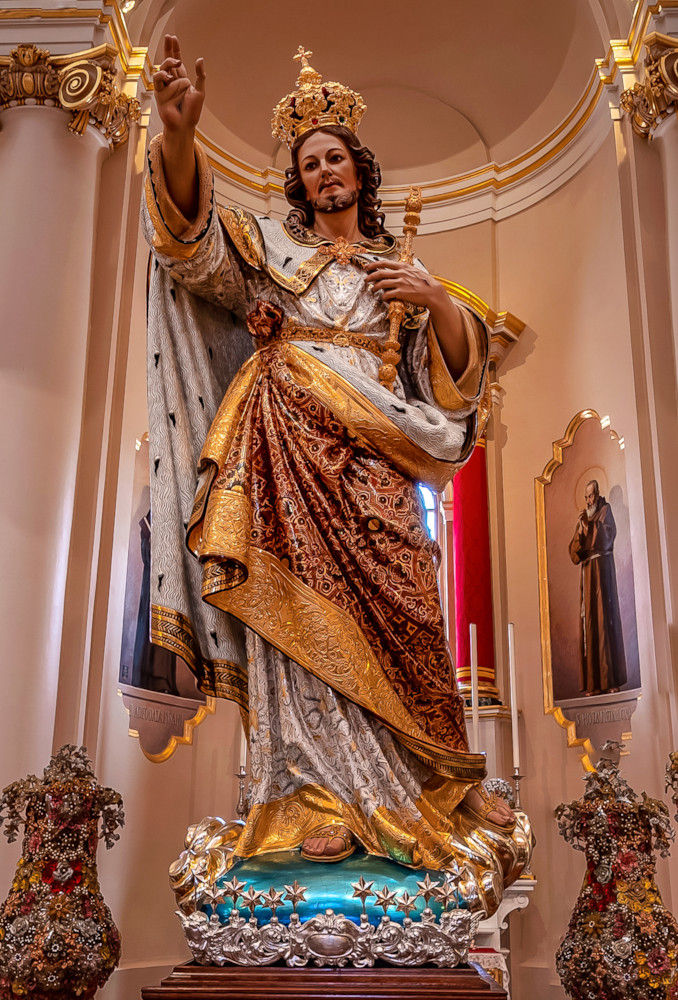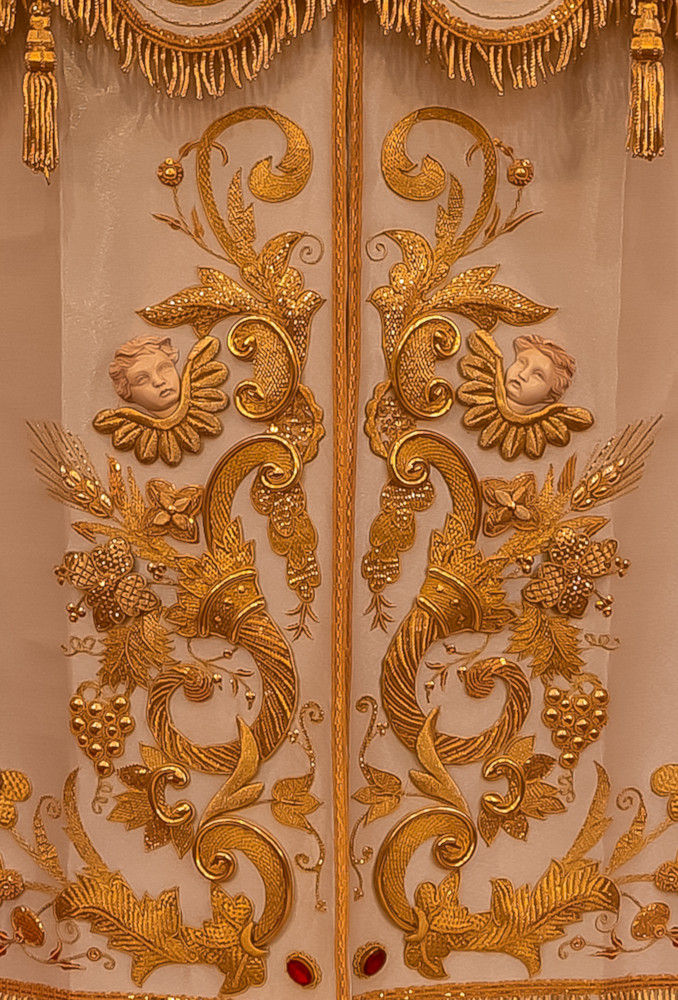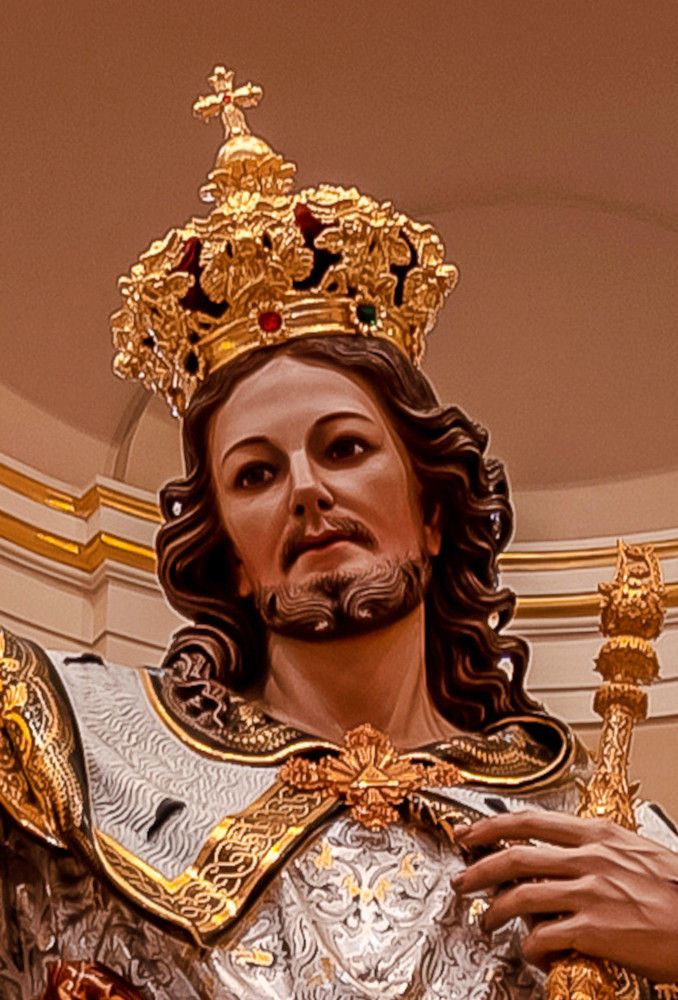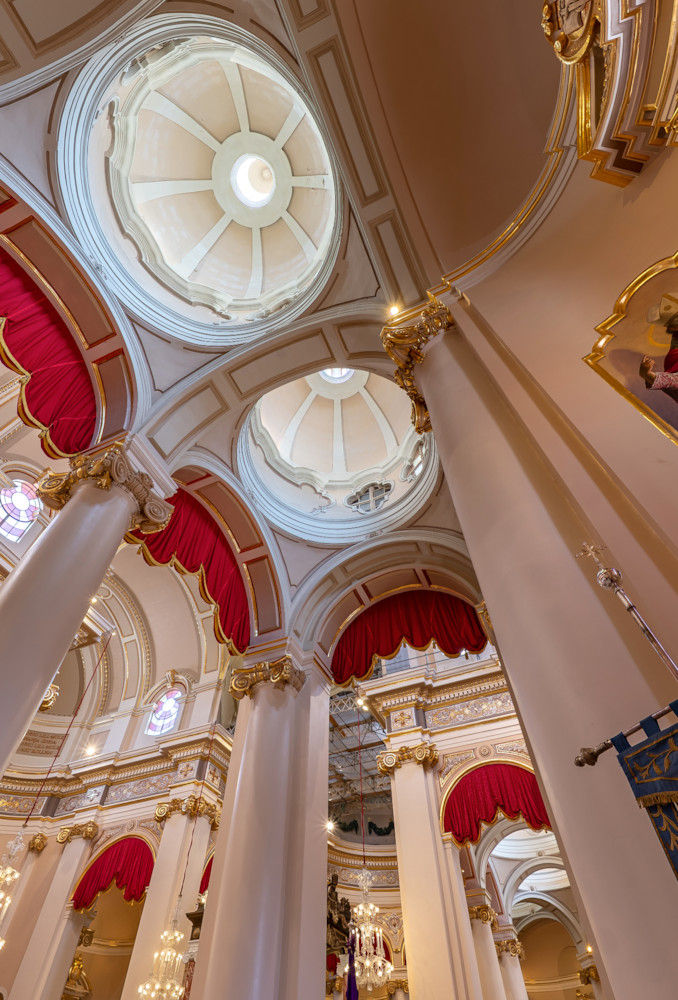







The Basilica of Christ the King in Paola
In 1630, Grand Master Fra Antoine de Paule built a small church in Paola and dedicated it to Santa Ubaldesca which served the parishioners for a number of years.
Due to the rapid increase of the population in Paola, it was felt that it was too small to serve their religious needs. So on 1st April 1923 a large wooden cross was erected on the land chosen for the building of a larger and more beautiful church.
The ceremony of the laying of the first stone was held on 24th February 1924, and the church took 36 years to complete. It was dedicated to Christ the King following the creation of the Universal Feast with the same name by Pope Pius XI in the year 1925.
The building of this church was also intended to commemorate the XXIV International Eucharistic Congress which was held in Malta in April 1913.
Although the first Mass was celebrated in the new church, which still had no ceiling and only had rough grounds, on the 15th of July 1928, works were actually completed in 1959. On the 13th of December of that same year, the huge marble cross was erected on top of the main dome.
The church was consecrated by Sir Michael Gonzi, Archbishop of Malta, on the 3rd of June 1967, and elevated to a Minor Basilica by His Holiness Pope Francis on Palm Sunday, 5th April 2020.
This monumental church, whose architect was Guze’ Damato (1886-1963), has the shape of a Latin Cross with a depth of 83 metres and width of 26 metres, widening up to 42 metres. The four main pillars under the dome are 12.8 metres high, and the 18 columns along the church are 9.7 meters high.
The majestic dome, which dominates the town and is visible from many parts of the island, has 24 columns, and the total height from the ground up to the cross on top of the dome is 60 metres. In the naves there are 19 smaller domes.
It took many years and a great effort to build this large Church. It was built mostly during the post war years by a community largely made up of labourers who worked in the Dry Docks.
Much of the work was done by volunteers who gave their time and energy to see their dream come true, with much of the funding being raised by local families, who were not very affluent, but who had an extraordinary love for this church.

